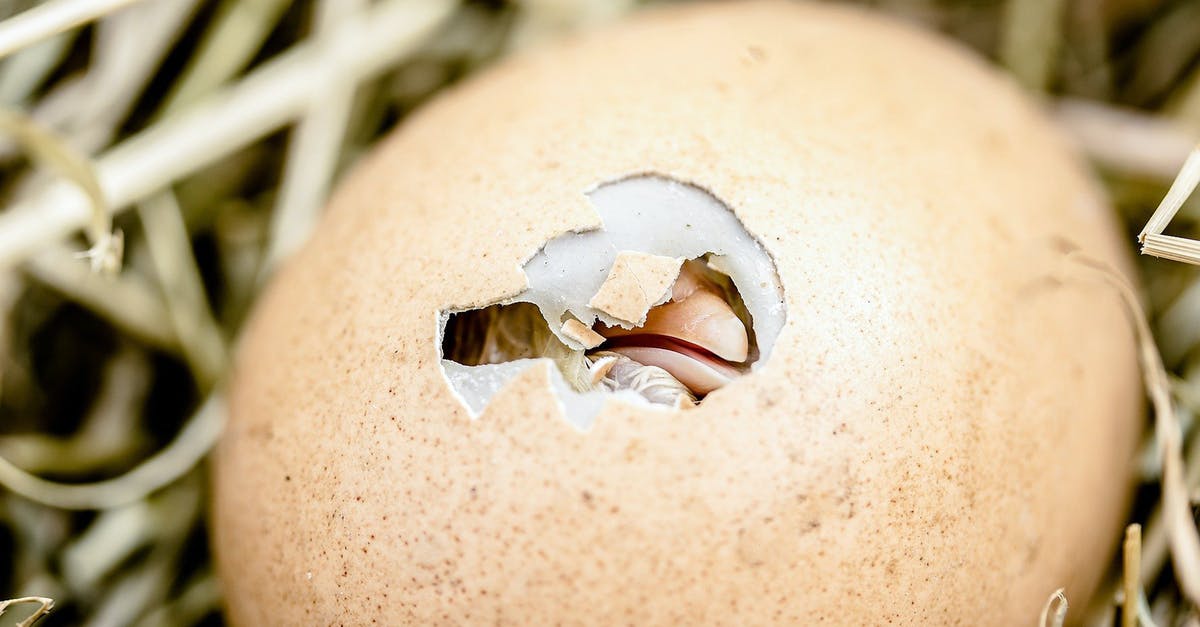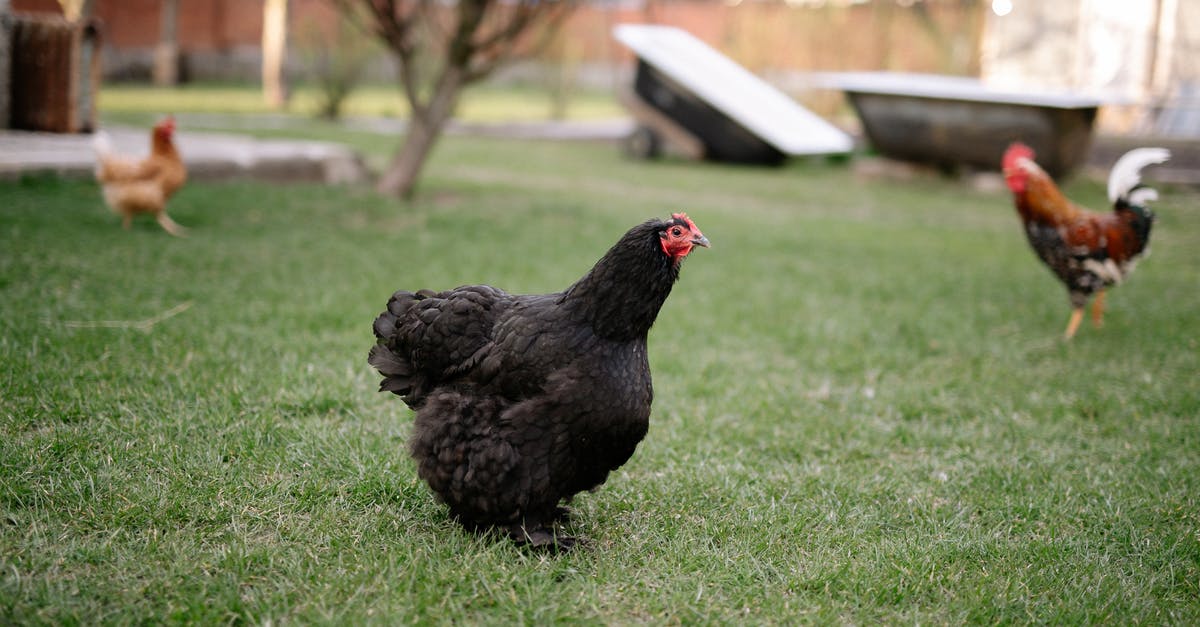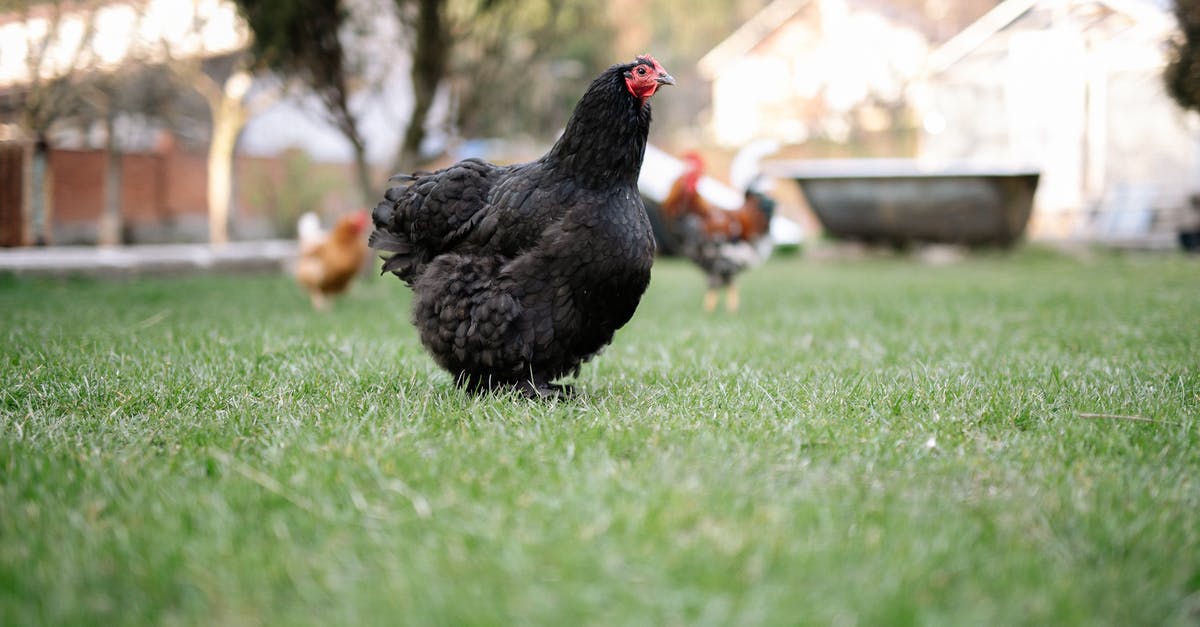Making my Chicken Madras more savoury

I have been trying to imitate the gold standard of curries; The British Indian Restaurant (BIR) Chicken Madras and have had some success.
I have made the base-curry sauce as per the books and it works out OK but there is a lot of preparation and the taste is not quite there.
One thing about BIR Madras is that is it always savoury. When I follow homemade curry recipes I always find that my curry is too sour from the tomato, so I have taken to adding chicken stock (using Knorr cubes) and my curry is starting to approach my goal.
Can anyone suggest ways of making my curry even more savoury?
EDIT: This is my recipe, which won't surprise many people.
- Marinade chicken breast in yoghurt and lemon for 30 mins in the fridge.
- Rinse off marinade and partially fry the chicken and set aside.
- Fry onion in Ghee until it starts to brown.
- Add garlic and ginger paste. Wait 2 mins.
- Add dried kashmiri chillies.
- Stir in spices; coriander powder, cumin, garam masala, hot chilli powder, tumeric and fenugreek powder. Wait 1 min.
- Add 1 mug chicken stock (1 Knorr cube).
- Add tomato passata.
- Add chicken back in and cook for 15 mins or so.
EDIT 2: I have seen several places that the garam masala should go in last; I will actually do that next time.
Best Answer
Let me try to at least start this one off…
Your recipe, as it stands, isn't bad for the finalisation stage of the curry, but what you are seriously missing is the base sauce.
The base sauce has all your depth, & a fair proportion of your texture & mouth-feel. Your 'tweaks' are just what is needed to get the chicken right at the end. It's just the add-on segment.
BTW, some of the 'sour' could be coming from your marinade - yoghurt & lemon.
BIR chicken curry is not marinated. The only marinated chicken is tikka.
You need to start 6 - 8 hours earlier.
Your actual ingredients are really the least important part of this, it's the method & time spent simmering that makes all the difference.
Start by par-boiling onions. Then puree them. Then get your bhuna or bhogar going [this is either wet or dry spices, depending on result required. Wet is easier to get right, but needs a good amount of oil, you can't skimp the oil/ghee - whenever you think you've got too much… add some more. Garlic/ginger purée can go in now, 2 mins, then, if you're going the tomato purée route, add now. If you're going with canned, wait til after your onions are at a simmer. Then fry your onion purée in your spice blend.
Once your onions start to go in, a bit at a time, whack the heat right up [watch out, they spit]. This is a bit of a 'be careful' moment. You don't want to burn your spice blend, but you need to caramelise the onions. Once you get a good bit of caramelisation going, drop the heat & simmer.
That is your absolute basic sauce starter. Give it at least 4 hours, preferably more. Think of it as a stock pot. Season to taste after maybe an hour, when it's settled enough to gauge accurately. You can tweak towards the end, so don't go overboard.
Done this way your onions & oil are your sauce base. You won't need to add any additional water. Can of tomatoes is as far as I'd go for additional liquid. I wouldn't dream of adding stock cubes to it. It doesn't need it.
If you want actual onion chunks for texture at the end, that's what your quick-cook does. What it doesn't do is give the sauce anything to stand on.
I'd probably get the Kashmiri chilli in at the initial sauce stage. tbh, I usually use pre-ground Kashmiri mirch, which is a fabulous colour-booster without adding much in the way of heat. It's a bit like paprika in that respect.
If you want the rehydrated chilli chunks/whole vibe [which certainly can work nicely] then save the whole ones until your later stage & use ground in the base.
...and leave out the passata & stock in your 'tweak' sauce. They're not helping. A tablespoon of purée, fried into your onion/spice blend, will give you the tomato addition that a 'Brit madras' needs.
When you get to the point you'd add your stock - that's when your base sauce goes in instead.
Your garam masala can go in twice - once to your base sauce, then again at the end. The long vs short cook on these aromatics will give you depth plus top notes.
Late notes after other answers & comments [includes some sweeping generalisations].
There's no colour on the chicken in a madras, other than what it picks up from the sauce. It's boiled, not fried. In a restaurant it's often pre-boiled in a simple spice blend, then cooled, so it can be dropped in the last 2 minutes to a take-away order. If you want pre-cooked/charred edge, you order tikka madras.
It's always chicken breast, skinned & off the bone, no dark meat. That's the way the Brits wanted it originally, that's what it became.
Unless you order tikka, it is not marinated at all, it's just boiled in spices from fresh.
Although I imagine it can happen in some takeaways, MSG is not needed to get a curry right.
Coconut is for Southern Indian dishes, not Northern Indian/Pakistani, which is where 'BIR' originated.
If you want a totally different experience, including coconut, pandan & curry leaves, try Sri Lankan. It's fabulous. That's actually my preferred home curry style, partly because it's the one I can do better than any restaurant I've ever eaten in. My madras is not quite as spectacular, but it's still pretty good ;)
Quick list of spices I'd envision in the sauce base
Cumin
Coriander
Turmeric
Garam Masala
Kashmiri mirch [if you can't find that, paprika will just about do instead]
Red chilli powder of any type, cayenne-like, depending on intensity required]
Fenugreek [ground seed]
… & then the ones missing from above
Cardamom
Cloves
Garlic powder - it's a BIR thing, different taste to fresh, which should be in too]
Asafoetida - gives a kind of sweet onion taste [smells revolting until it cooks in]
Black pepper - vital, different kind of hot to chilli
Methi - dried fenugreek leaves [totally different to seeds]
That's your basic - anything else will become dish-variant & go in your final cook.
Pictures about "Making my Chicken Madras more savoury"



How do I make my curry more Savoury?
There are so many things you can do to improve this; in no particular order:How can I improve chicken curry flavor?
Secret Ingredients to Make Curry Taste BetterHow do you make the best curry flavor?
Sizzle your spice: Kick off your curry by heating whole spices in hot oil to unleash their flavor. Choose from cardamom, cinnamon, cloves, and seeds for the perfect base to your dish. Fresh spices are the best choice and will keep for longer in the freezer.Why is madras so spicy?
Madras also contains garam masala. This is unique to each chef but generally contains ground cloves, toasted and crushed coriander and other fragrant Indian spices. Undercutting the entire dish is a chilli heat. It isn't subtle, and you will definitely be left sweating if you manage to finish a madras.Chicken Madras being cooked at Bhaji Fresh | Misty Ricardo's Curry Kitchen
More answers regarding making my Chicken Madras more savoury
Answer 2
This is a difficult question to answer, as there's a lot of things that can potentially make a difference, including ingredient selection. I'm going to run through a things that I think might improve your dish (although, it might not give you exactly what you're trying to emulate).
I wouldn't recommend putting in the spices last. It might be okay for a long-cooking sauces, but for quick cooking, it helps to 'bloom' the spices in the oil until you can smell them (about 20-60 seconds). If anything, I would try adding them just before you add the garlic and ginger.
I don't know if it'll work here, but many American recipes for quick cooking tomato sauce (the Italian type sauce, not the British one) call for adding a pinch of sugar to help balance out any sourness.
You didn't mention what type of onions you're using, but I would recommend avoiding sweet varieties of onions (they're usually more disk shaped, rather than closer to spherical), as they don't tend to have as deep of a flavor as most other onion varieties (white, red, and yellow).
Give up on the chicken breast (which has very little flavor), and switch to chicken thigh meat. It can be a little bit trickier to deal with, but it's typically cheaper. If you can get boneless, or even boneless skinless (as I wouldn't use the skin for this anyway), go with that if you're trying to keep this quick, although I still recommend feeling around with your hands just to see if the butcher might've accidentally sliced through a bit of bone or cartilage and left a shard in there.
As you're not spending the time to cook down the tomatoes, I would recommend using an already cooked tomato product, such as tomato paste, canned tomato sauce (the American kind, which is usually thinned out tomato paste possibly with some herbs in it), or tomato soup concentrate.
If this were a Mexican dish, I'd also toast the chilies earlier, in a dry pan, then possibly set them aside while cooking the other stuff. I'm not sure how much that might change the flavor profile, though, and if that would detract from the 'Indian-ness' of the dish.
I also suspect that you're not getting much color on your chicken, as you're rinsing off the marinade. At the very least, pat it dry with paper towels, and work in batches so there's plenty of space between the chicken. This will prevent steam from building up, which will prevent your chicken from browning (which is a chemical reaction that brings many deeper flavors).
You can also cook the chicken in a very hot oven, spread out on a wire rack over a sheet pan, or on a sheet pan under the broiler (or grill, whatever you call top-only heat in your country), as this will be closer to cooking in a tandoor. You want to cook them over high heat to get some brown (and possibly even a few blackened spots), and then finish the cooking in the sauce.
And as for the chicken cube -- my mom used to frequently use bullion (either chicken or beef) to add flavor to vegetable dishes when growing up. She would just crumble it up and sprinkle it on in place of salt when she was cooking things like brocolli. I suspect that part of the advantage is MSG, which is frequently in powdered bullion, but most households don't keep a container of. If you have MSG, you can always try a pinch or two of that, and skip the bullion. (although as this is a chicken dish, you're probably fine just using the bullion).
Answer 3
The other answers have some great ideas for how to deepen the flavor of your curry! However, even if you are not interested in significantly changing your process, I think we can solve your immediate problem:
my curry is too sour
Let's take a look at the acidic ingredients you are using. I see three:
- Yogurt
- Lemon juice
- Tomato
Since you only use yogurt and lemon juice in the marinade, and remove most of it before cooking, they are probably not the culprits. You could try reducing the amount of lemon juice, but honestly I don't think it will make a difference.
Instead, I would blame the tomatoes. Tinned tomato products are often rather sour, some brands more so than others. One solution is to add a pinch of baking soda to neutralize the acid. Start with, say 1/8 tsp, and add more to taste. A bit of sugar for balance might help too.
Another alternative is to use fresh ripe tomatoes. Fresh tomatoes will be sweeter and less acidic than the canned ones. Passing them through a food mill or blitzing in a food processor could give a fresher more balanced tomato sauce than a canned product. (Alternatively, dice the tomatoes for a more rustic sauce).
Finally, you could sub some of the tomato for tomato paste. (Perhaps "tomato concentrate" in UK parlance?) Add it right after browning the onions to "cook out" a bit. Since tomato paste is a cooked and reduced product, it will have a less sour and more savory flavor than either fresh tomatoes or tomato passata.
Answer 4
I'm a bit of a heretic when it comes to curries, but I think they turn out great.
In addition to using stock instead of water, I suggest you try beef stock instead of chicken (unless cows are holy to you), or possibly mushroom stock.
I also improve the taste of my curries by adding a small amount of soy sauce; like one of the commenters says, it's probably just MSG, which soy sauce contains plenty of.
Finally, I also add some coconut milk to my curries, it softens the sharp tones in the curry, so I can add more spices for fuller flavour.
Sources: Stack Exchange - This article follows the attribution requirements of Stack Exchange and is licensed under CC BY-SA 3.0.
Images: Myriams Fotos, Yan Krukov, Yan Krukov, Yan Krukov
